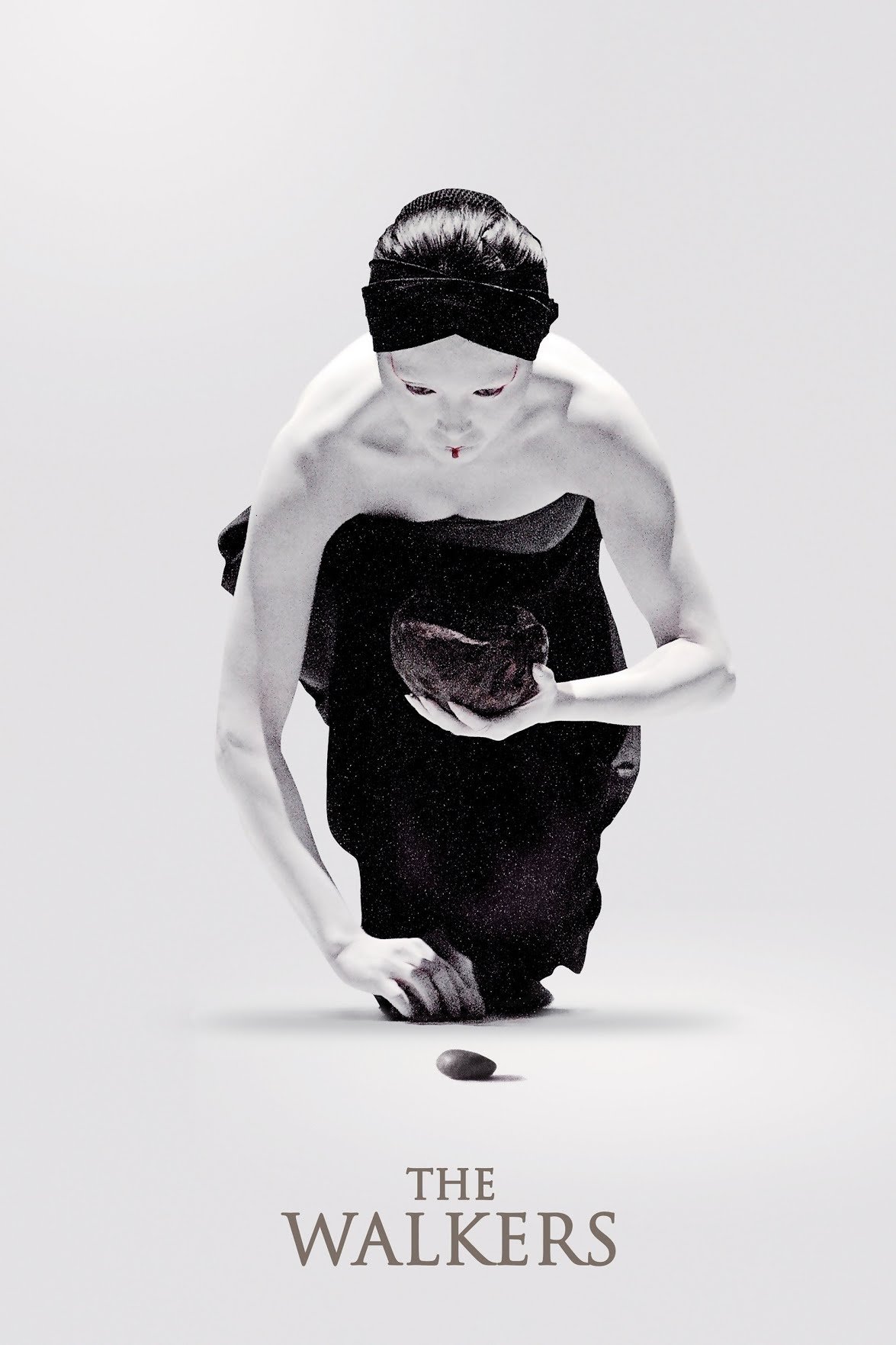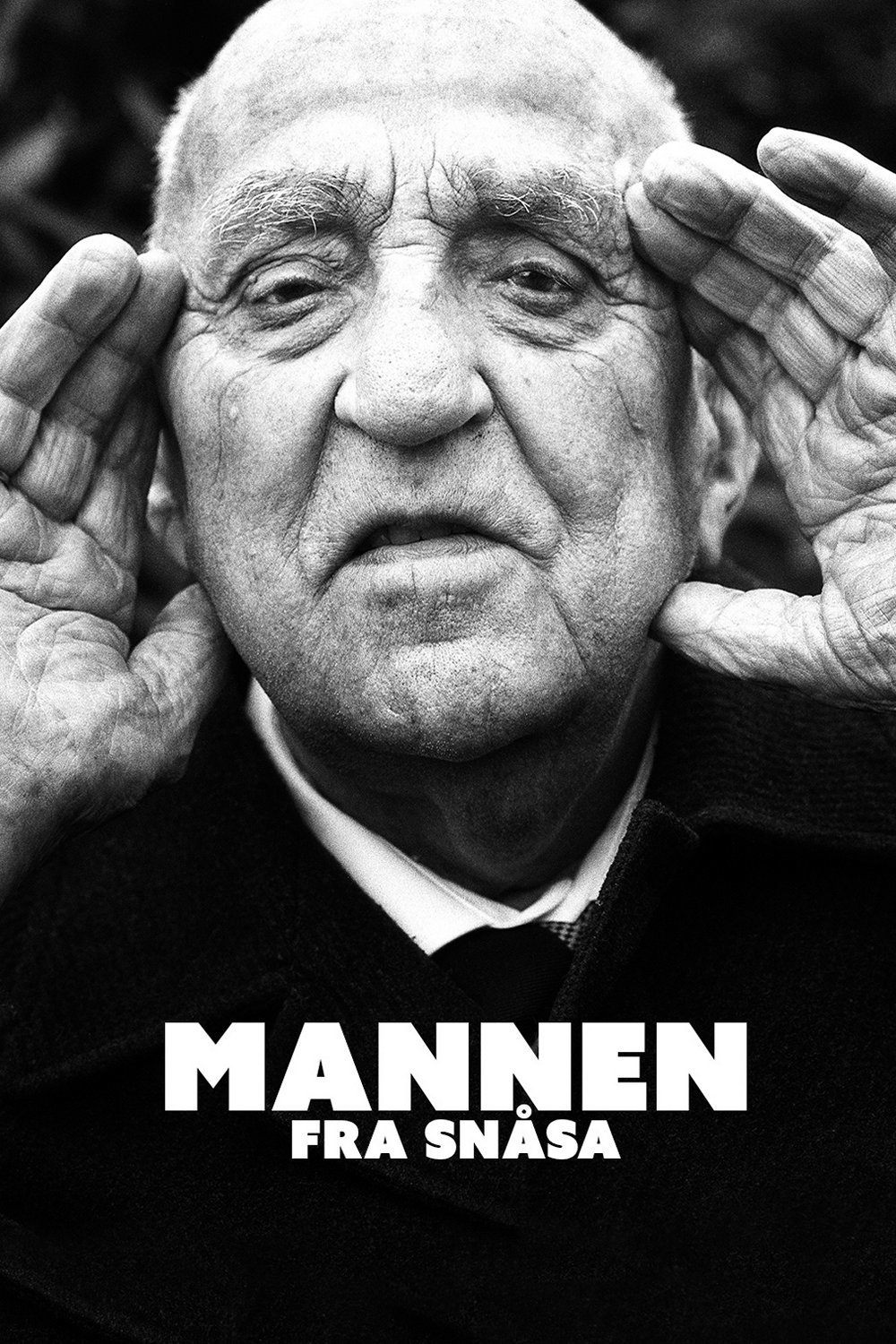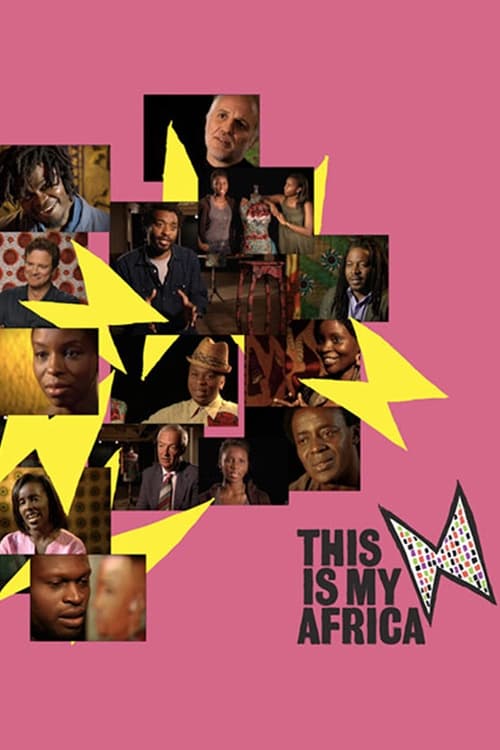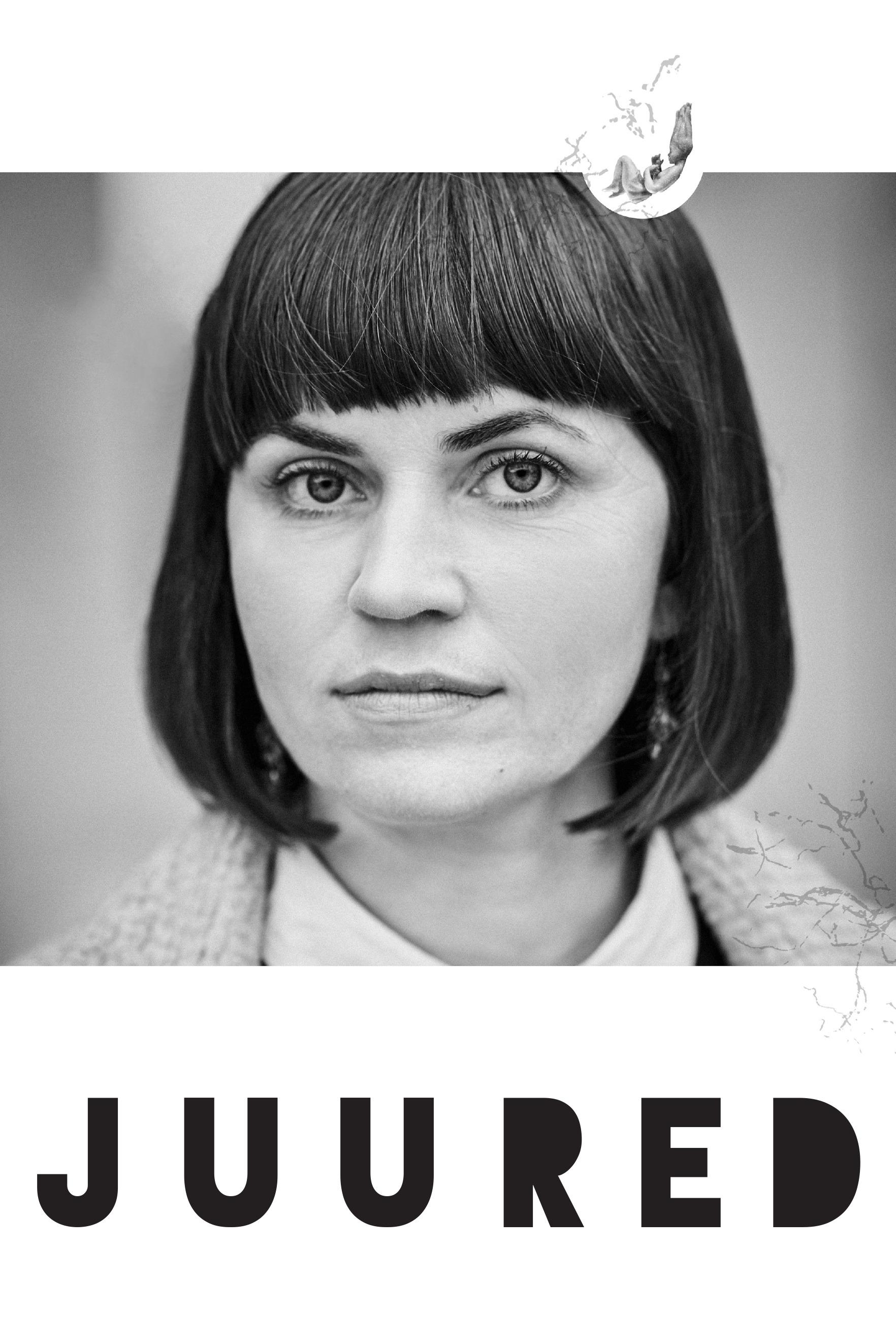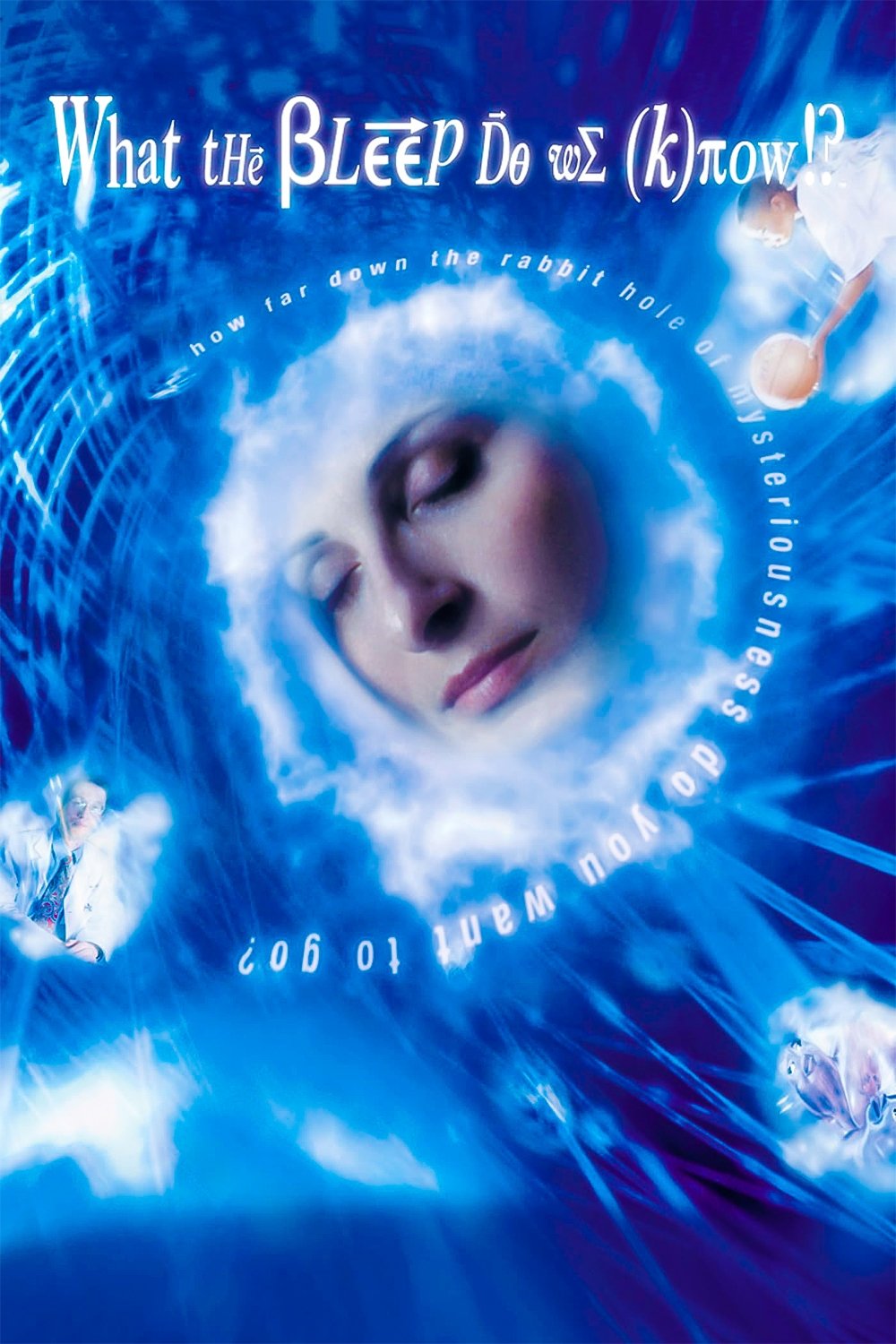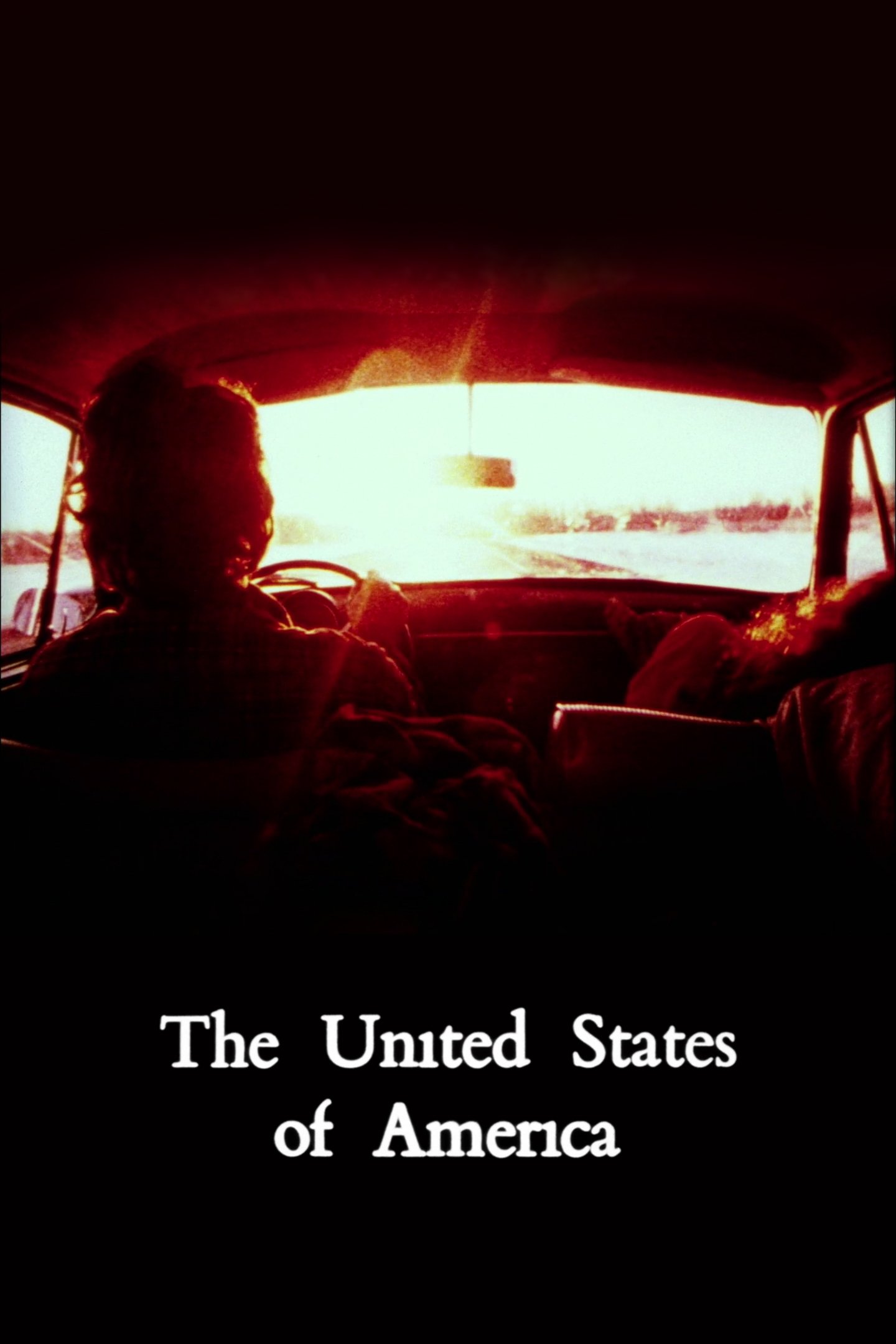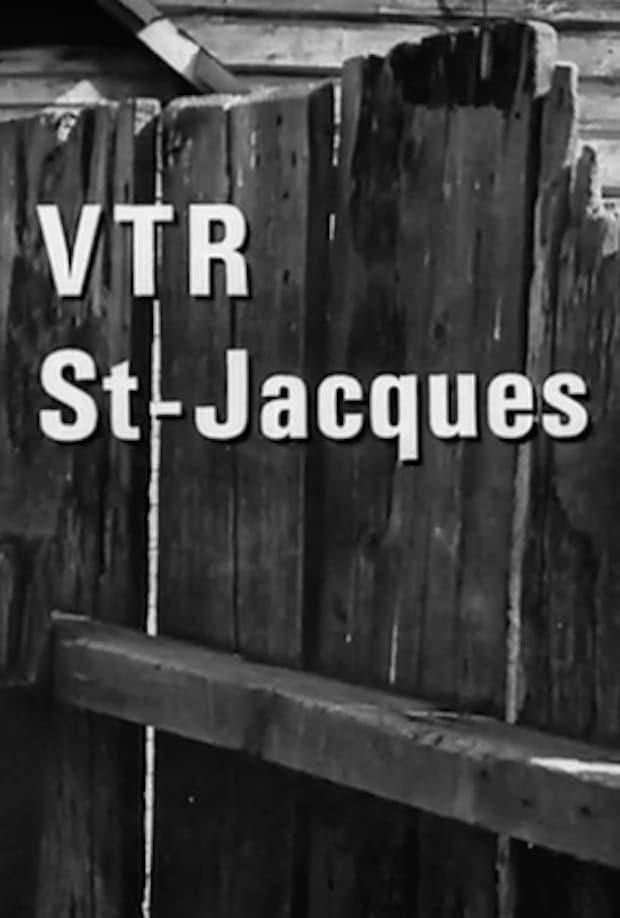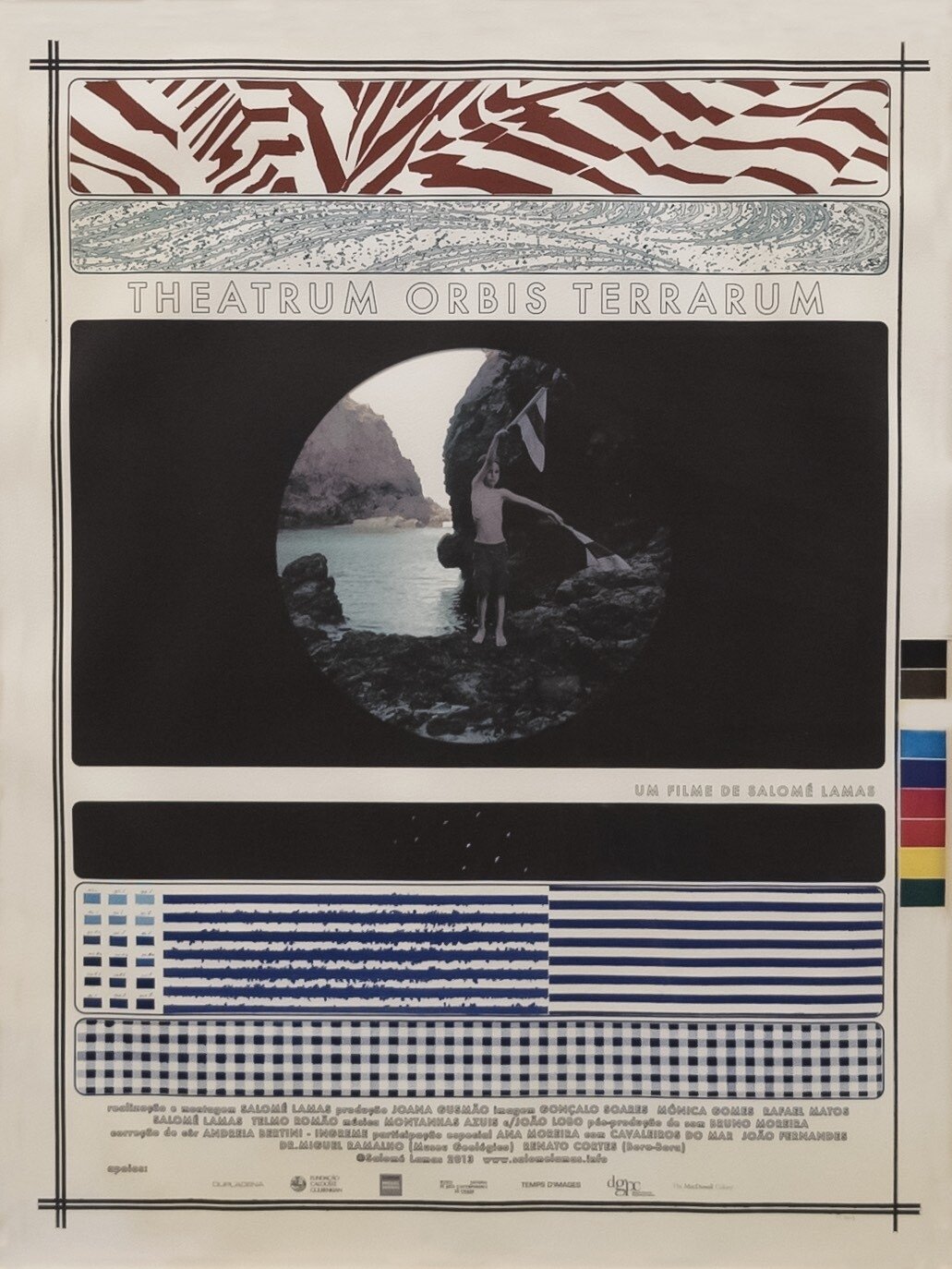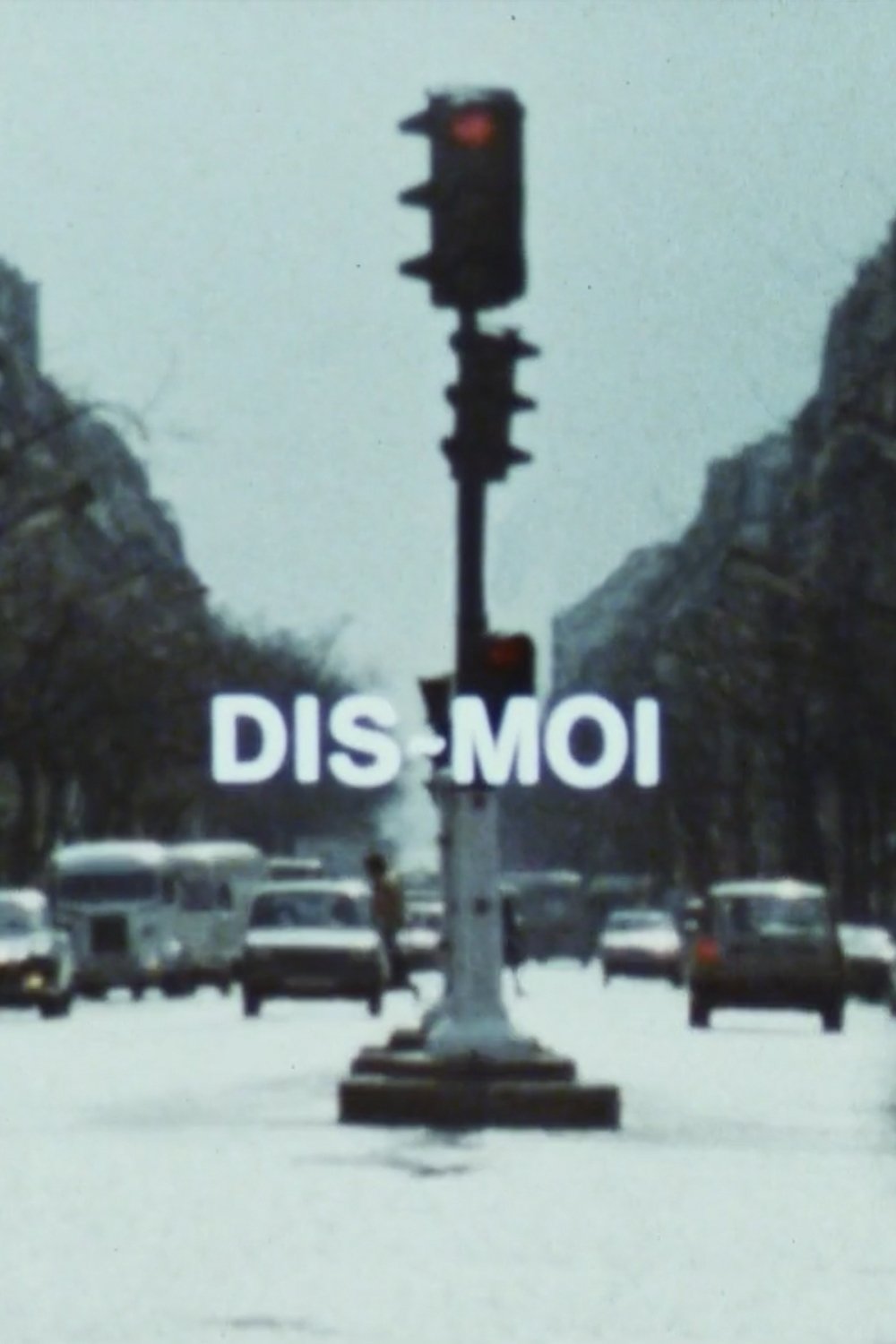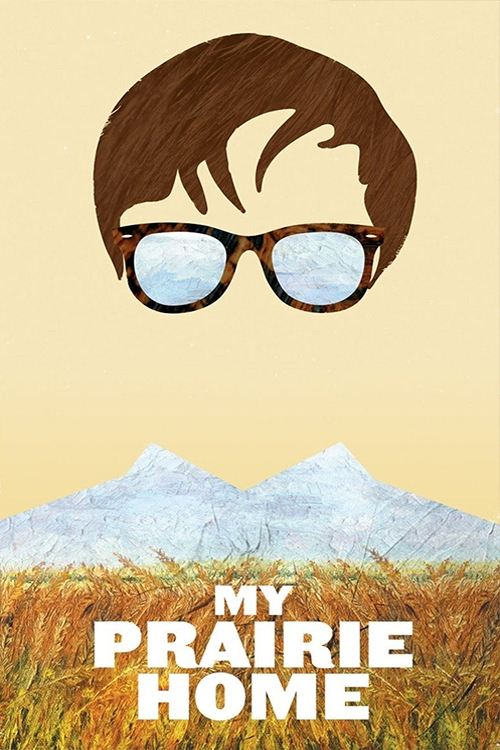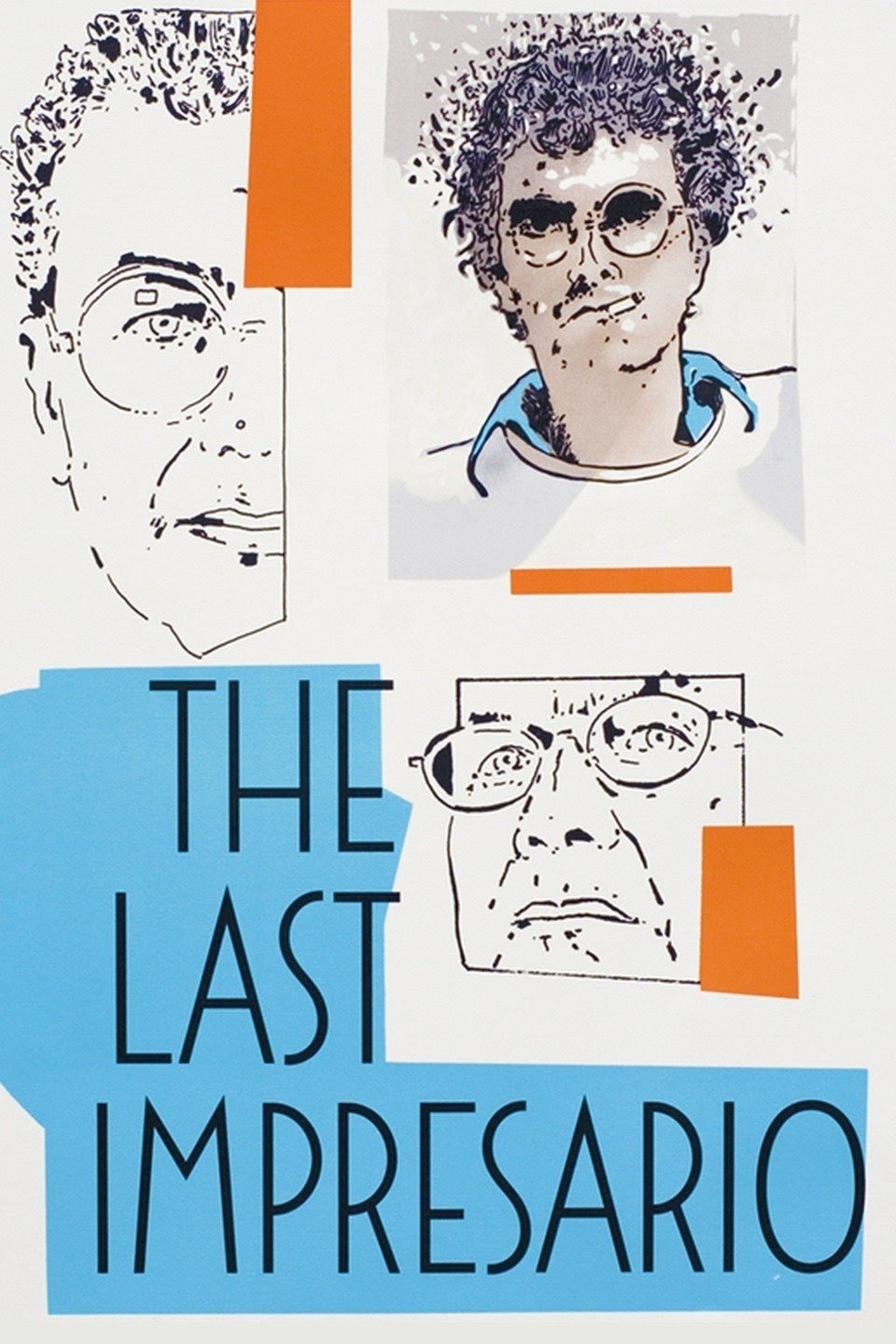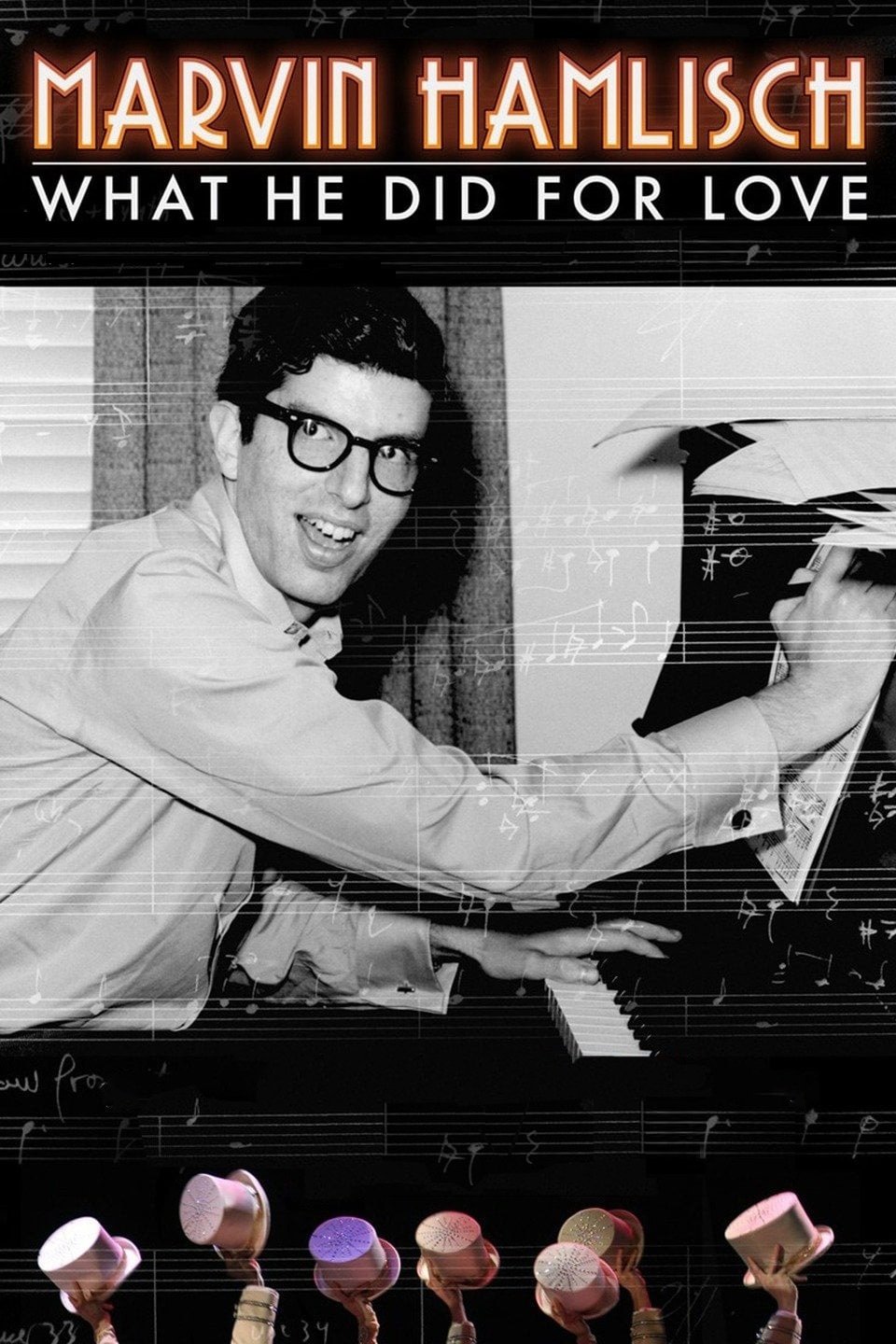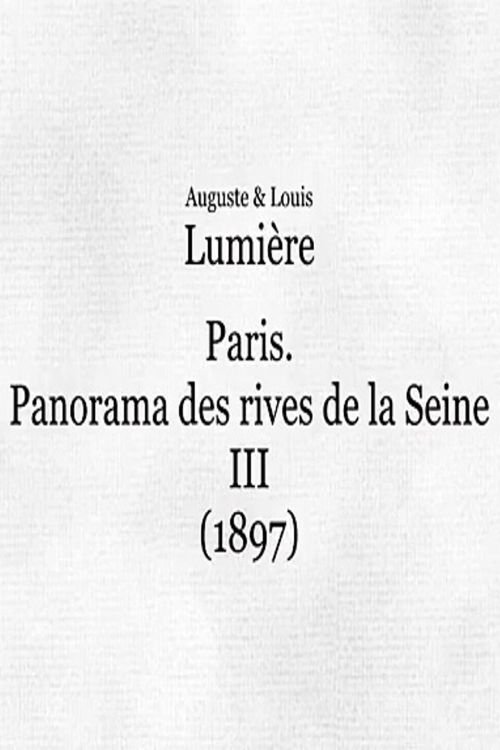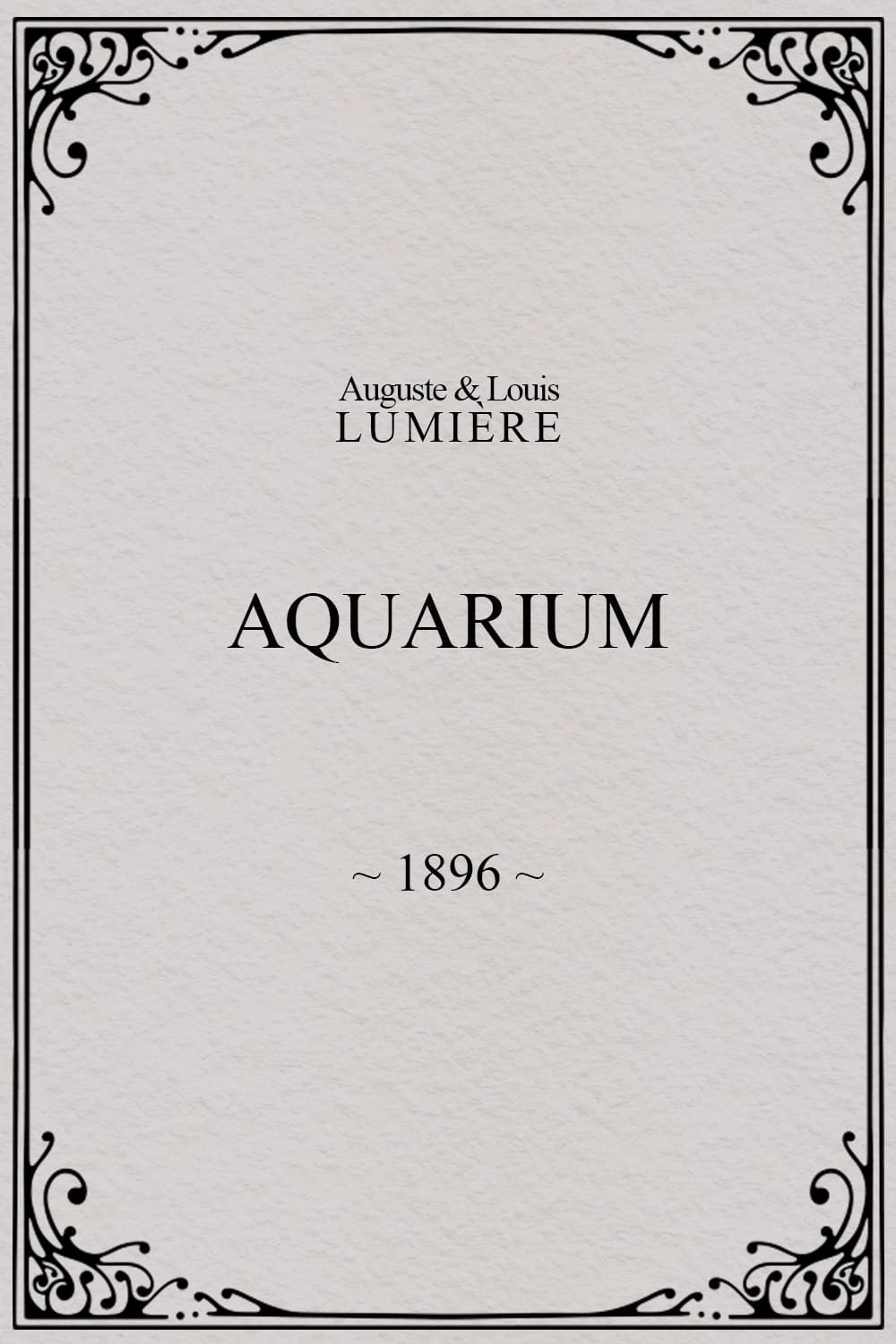Empire of the Moon (1991)
Overview
EMPIRE OF THE MOON wryly deconstructs the experience of being a tourist. Paris, gorgeously photographed in black-and-white, is the setting for cultural explorations ranging from the mundane to the sublime, as visitors trek from icon to icon, snapping the same photos, climbing the same steps and at times experiencing the transformative wonder they came to find.
Production Companies
Additional Info
| Budget | $0.00 |
|---|---|
| Revenue | $0.00 |
| Original Language | en |
| Popularity | 2.8773 |
Directed By
John Haptas
Kristine Samuelson
TOP CAST
Similar Movies
The Muslims Are Coming!
The Muslims Are Coming follows a band of Muslim-American comedians as they visit big cities, small towns, rural villages, and everything in between to combat Islamophobia! These Muzzies not only perform standup at each tour stop but create ridiculous interventions in unsuspecting town squares, like the ol' classic, "Ask a Muslim Booth."
The Walkers
Filmed for over 10 years, this epic documentary presents the story of renowned Taiwanese choreographer Lin Lee-chen and her Legend Lin Dance Theatre. Extracting the essential details of Lin’s daily life, the film explores the origins of her dance, contemplates the poetic and ritualistic movements she creates, and delineates her lifetime pursuit of aesthetic concerns.
Doing Good
Margreth Olin has filmed 22 persons i their meeting with the well known voluntary healer Joralf Gjerstad. For 65 years more than 50.000 has gone to him to be healed from illnesses and ill-doings. He has never asked for a penny for this
This Is My Africa
Interviewees discuss the memories, tastes and experiences that they associate with Africa for a personal vision of the continent.
The Drift Back
The first in a series of films for the Rural Cinema Scheme in the Orkneys, it records the return to the island of Wyre of Neil Flaws, a farmer, and his family at a time when the drift from the northern isles of the Orkneys was of concern to some Orcadians.
Princes Street Edinburgh
A short piece of film recording general views of Edinburgh's Princes Street in the 1950s.
Fractured Land
An indigenous lawyer represents the division among his people between traditional caring for the land and developing the resources it contains.
What the #$*! Do We (K)now!?
Amanda is a divorced woman who makes a living as a photographer. During the Fall of the year Amanda begins to see the world in new and different ways when she begins to question her role in life, her relationships with her career and men and what it all means. As the layers to her everyday experiences fall away insertions in the story with scientists, and philosophers and religious leaders impart information directly to an off-screen interviewer about academic issues, and Amanda begins to understand the basis to the quantum world beneath. During her epiphany as she considers the Great Questions raised by the host of inserted thinkers, she slowly comprehends the various inspirations and begins to see the world in a new way.
The United States of America
A conceptual bicentennial film dealing with spatial and temporal relationships between two travelers, their car, and the geographic, political, and social changes from NY to Los Angeles.
VTR St. Jacques
This short film was an experiment in using video recordings and closed circuit television to stimulate social action in a poor Montreal neighbourhood. A citizen's committee filmed people's concerns and then played back the tapes for the community. Upon recognizing their common problems, people began to talk about joint solutions. It proved an important and effective method of promoting social change.
Theatrum Orbis Terrarum
In the sixteenth century the Padrão Real hung from the ceiling of the Map Room in the Casa da Índia. It was a secret map, guarded from the eyes of foreign spies, which was changed and reworked with the comings and goings of each expedition. Aided by scientific equipment to measure distance, the navigators dreamed up the representation of the expanses that they had covered. When at sea, they looked up to the heavens and gauged their path by the stars, hands drawing in space fictional lines that carved territories. Upon returning to shore, they took the map that had previously belonged to others as their own, erasing divisive lines and constructing new borders. The map that they followed has been lost over time, and what remains of it is a stolen copy, made from memory by one of the cartographers in order to outwit enemies.
My Prairie Home
A true Canadian iconoclast, acclaimed transgender country/electro-pop artist Rae Spoon revisits the stretches of rural Alberta that once constituted “home” and confronts memories of growing up queer in an abusive, evangelical household.
The Last Impresario
Michael White might just be the most famous person you’ve never heard of. A notorious London theatre and film impresario, he produced over 300 shows and movies over the last 50 years. Bringing to the stage the risqué productions of Oh! Calcutta!, The Rocky Horror Show and to the screen Monty Python’s The Holy Grail, as well as introducing Merce Cunningham, Pina Bausch and Yoko Ono to London audiences, he irrevocably shaped the cultural scene of the 1970s London. Playboy, gambler, bon vivant, friend of the rich and famous, he is now in his eighties and still enjoys partying like there’s no tomorrow. In this intimate documentary, filmmaker Gracie Otto introduces us to this larger-than-life phenomenon. Featuring interviews with 50 of his closest friends including Anna Wintour, Kate Moss, John Waters and Barry Humphries and, of course, the man himself, Otto pays a vibrant tribute to a fascinating entertainer.
Marvin Hamlisch: What He Did For Love
When Marvin Hamlisch passed away in August 2012 the worlds of music, theatre and cinema lost a talent the likes of which we may never see again. Seemingly destined for greatness, Hamlisch was accepted into New York’s Juilliard School as a 6-year-old musical prodigy and rapidly developed into a phenomenon. With instantly classic hits ‘The Way We Were’ and ‘Nobody Does It Better’ and scores for Hollywood films such as The Swimmer, The Sting and Sophie’s Choice and the Broadway juggernaut A Chorus Line; Hamlisch became the go-to composer for film and Broadway producers and a prominent presence on the international Concert Hall circuit. His streak was staggering, vast, unprecedented and glorious, by the age of 31 Hamlisch had won 4 Grammys, an Emmy, 3 Oscars, a Tony and a Pulitzer prize: success that burned so bright, it proved impossible to match.
The Do Gooders
British documentary filmmaker Chloe Ruthven’s grandparents were aid workers in Palestine. Growing up, she had avoided getting too involved in the subject, recalling how mention of the country made all the adults in her life angry. In her forties, after revisiting her grandmother’s book on the subject, she starts to research a documentary on the effects of foreign aid in the area and is shocked at the continued reliance on it there. Along the way she meets Lubna, a Palestinian woman who acts as her driver and fixer, and who is fiercely critical of Western aid efforts in her country. What begins as a quest to better understand her family history turns into a deeply emotional account of two women trying to understand one another. Ruthven’s determination to focus her film on deeply subjective analysis results in a unique joining of the acutely personal and complexly political. (Source: LFF programme)
